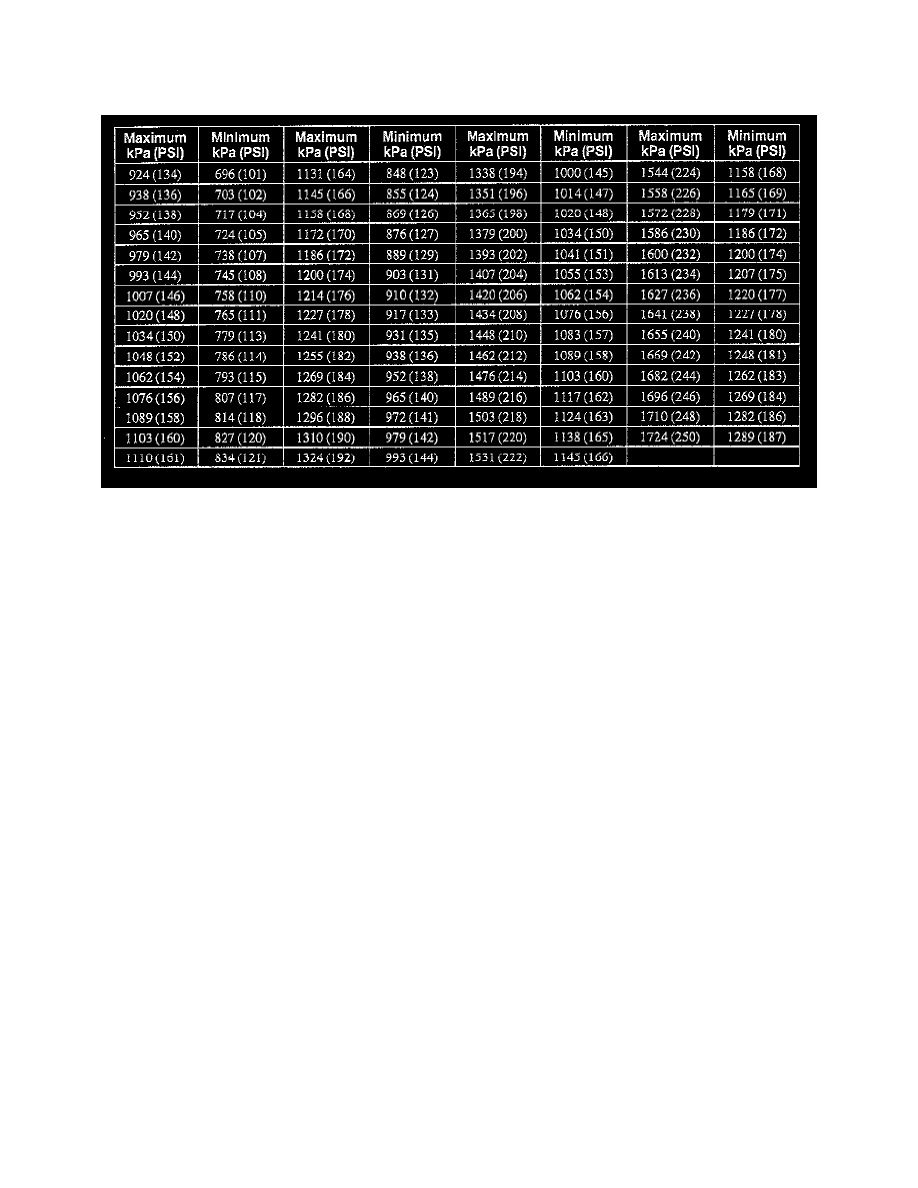Escort L4-122 2.0L SOHC (1997)

Compression Check: Testing and Inspection
Compression Test
DESCRIPTION
Before performing the Engine Compression Test, check the battery (10655). The battery must be fully charged, in good condition and properly
connected. If the battery is not fully charged, recharge or replace it. The engine must be at normal operating temperature and the throttle valve
must be fully open.
COMPRESSION GAUGE CHECK
1. Make sure the oil in the crankcase is of the correct viscosity and at the proper level. RUN the engine until normal operating temperature is
reached.
2. Turn the engine OFF.
3. Place the transaxle in PARK (A/T) or NEUTRAL (M/T) and apply the parking brake.
4. Block throttle plate in the wide-open position.
5. Remove the spark plugs (12405).
6. Install Rotunda Compression Tester 164-R0250 or equivalent, tightly in the spark plug hole.
NOTE: The engine MUST be at normal operating temperature and the throttle valve must be fully open.
7. Install an auxiliary starter switch in the starting circuit. With the ignition switch in the OFF position, and using the auxiliary starter switch, crank
the engine a minimum of five compression strokes and record the highest reading. Note the approximate number of compression strokes required
to obtain the highest reading.
NOTE: Normally, the first compression stroke will run the gauge indicator needle a considerable distance up the scale. Succeeding strokes will
raise it more until the highest level is shown (this will require at least four or five compression strokes).
8. Record the highest reading.
9. Repeat the test on each cylinder, cranking the engine approximately the same number of compression strokes.
COMPRESSION READINGS - INTERPRETING
Examine and compare the readings for all of the cylinders. Compression should be 1412 kPa (204 psi) with a minimum of 1030 kPa (149 psi).
Pressure Variation between the highest and lowest cylinders should be within 75 percent of one another. See Example Readings chart. The chart
shows maximum compression readings and their corresponding 75 percent minimums. Variations between cylinders will have a greater effect on
engine performance than overall readings that are even but slightly below specifications.
Low/Slow Readings
When taking compression readings, watch the action of the gauge needle. When it raises only a small amount on the first stroke, a little more on
succeeding strokes, and ends up with a very LOW reading; burned, warped, or sticky valves are indicated. A moderate reading with a low buildup
on the first stroke and a gradual buildup on succeeding strokes can mean worn, stuck, or scored piston rings (6149).
